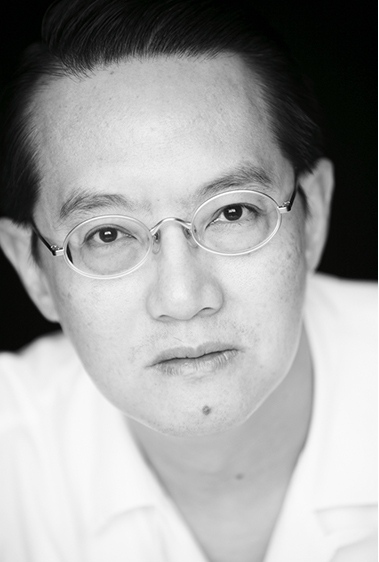Woffles TL Wu FRCS(Edin), FAMS(Plastic Surg)
Scarring after a Breast augmentation procedure can mar an otherwise beautiful result. The common approaches are via an inframammary, axillary or conventional periareolar incision all of which can lead to hypertrophic or keloid scars especially in Orientals. The axillary scar is often visible several years later and the need for secondary procedures may necessitate the placement of additional inframammary scars in order to remove the existing implants and capsules. The inframammary scar itself may ride out of the inframammary crease rendering it more noticeable as the implants descend in later years. The conventional periareolar incision heals well but can often be seen as a thin whitish line which can be seen from a distance. Shortening of this scar can sometimes cause distortion or puckering of the areolar margin and nipple.
The author describes his personal technique for Breast augmentation in which a Periareolar or Inframmamary Zig-Zag “stealth” incision is used. This incision which stretches from the 3-9 o’clock positions of the areola is orientated against the naturally uneven margin of the areolar rim, skirting in and out of the irregularly placed Montgomery tubercles. After making the incision, the breast tissue is cleaved until the prepectoral fascia is reached and a suitable pocket is created. Implants are placed in predetermined positions and the wounds are closed meticulously in layers with careful matching of the triangular points.
In cases where the areolar is too small for implant insertion, a WW Stealth Zig Zag incision is made in the inframmamary crease and breast augmentation performed in the usual manner. Again the triangular points of the zig zag are meticulously matched at time of closure which breaks the tension across the wound and decreases formation of hypertrophic or keloid scars.
Healing is superb with low incidence of hypertrophic or keloid scars and the zig-zag nature of the scar renders it almost invisible. There is little scar shortening and consequently no distortion. Secondary corrections can be approached via the same incision thus sparing patients from additional scars. It is tedious to perform and adds to the operating time but the results are well appreciated by patients.
This paper discusses the author’s experience with more than 600 cases over a 20 year period from 1997 till 2017.


